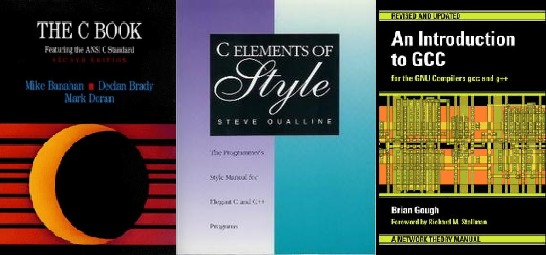C Program For Arithmetic Coding Hp
Since a few days I am fighting my way through implementing arithmetic coding. I found a really great source of information which made me understand how it should work. Long story short, it implements arithmetic coding on integers using two registers: HIGH and LOW. Those register store a fraction, ex. HIGH = 98765 //means 0.98765(9) LOW = 91234 // means 0.91234(0) Then comes magic, when the most significant numbers match (in this case it would be 9s) they are printed out.
O P Gauba Political Theory Pdf Printer more. The state of the art in data compression is arithmetic coding, not better- known Huffman method. Arithmetic coding gives greater compression, is. Of arithmetic.

It's all clear to me. However, when we take the following example HIGH LOW RANGE CUMULATIVE OUTPUT Initial state 0 100000 Encode B (0.2-0.3) 0 Shift out 2 0 100000.2 Encode I (0.5-0. Driver Hp Pavilion Zv6000 Xpadder there. 6) 0.2 Shift out 5 0 100000.25 Encode L (0.6-0.8) 0 20000.25 //here starts problems Encode L (0.6-0.8) 0.25 //how possible? Shift out 7 0 40000.257 Encode SPACE (0.0-0.1) 0.257 Shift out 2 0 40000.2572 Encode G (0.4-0.5) 0.2572 Shift out 1 0 40000.25721 Encode A (0.1-0.2) 0.25721 Shift out 6 0 40000.257216 Encode T (0.9-1.0) 0.257216 Shift out 7 0 40000.2572167 Encode E (0.3-0.4) 0.2572167 Shift out 7 0 40000.25721677 Encode S (0.8-0.9) 0.25721677 Shift out 5 0.257216775 Shift out 2. Shift out 0.0 I really don't know how the marked lines are achieved on computers, on paper it's easy, since: /* range, HIGH, LOw - integer symbol->high, symbol->low - real */ HIGH = HIGH - (range - symbol->high*range) LOW = LOW + range*symbol->low But on computers? The real-number inaccuracy comes in and my intervals are much different. You shouldn't use floating point in such cases.